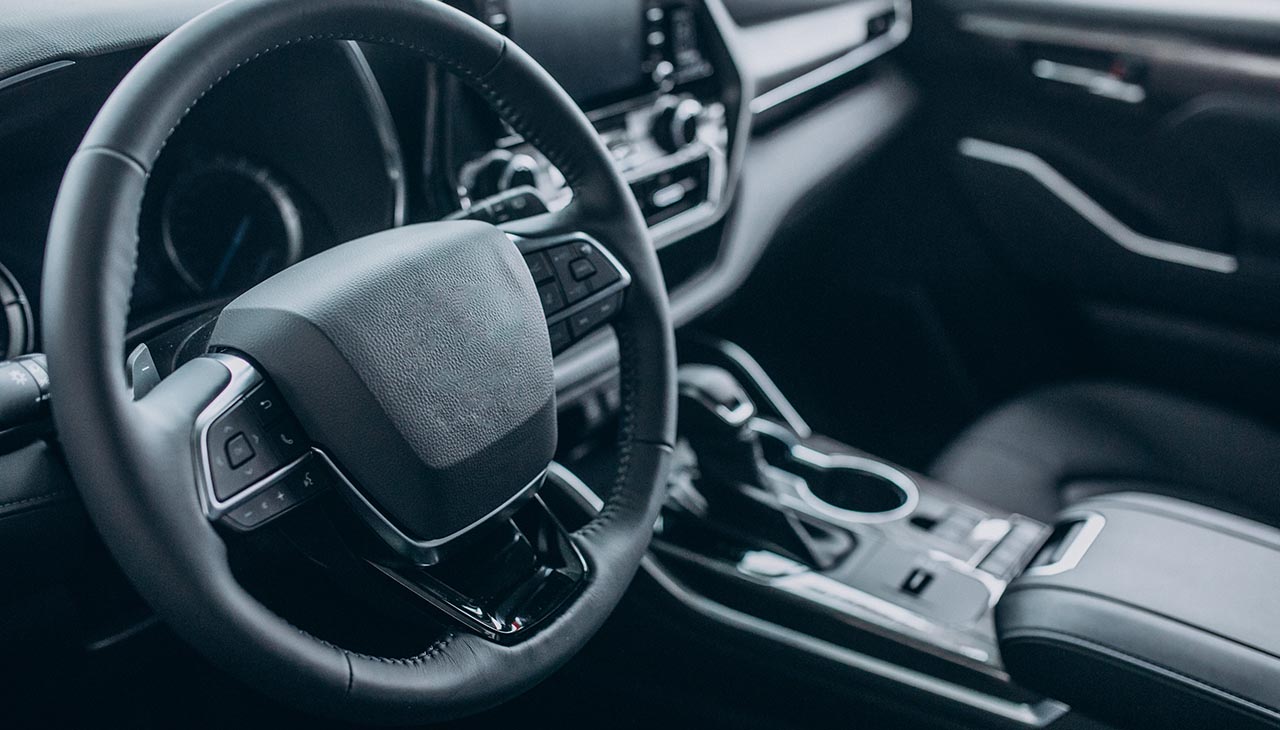
Car audio systems have come a long way since the introduction of the first car radio in the 1930s. What began as a luxury feature for music lovers on the go has transformed into a sophisticated multimedia hub central to the driving experience. Today, drivers expect not only high-fidelity sound but also a suite of features that integrate seamlessly with their mobile devices, providing navigation, hands-free communication, and personalized streaming services. As we navigate through the history and advancements in car audio systems, we’ll explore how these changes reflect broader technological trends and consumer demands.
In the earliest days of in-car entertainment, analog radios were a marvel, making long drives more enjoyable with the soothing sound of music or the engaging discourse of talk shows. Introduced in the 1930s, these radios were simple devices with basic tuners for AM broadcasting. The landscape of car audio took another leap forward with the introduction of the cassette player in the 1960s. This innovation marked a significant impact on in-car entertainment, offering drivers and passengers the novel ability to choose their soundtracks, leading to the creation of mixed tapes explicitly curated for road trips. These technologies not only increased the demand for in-car audio systems but also began shaping a culture where the vehicle became a personal entertainment space.
The digital revolution commenced with the introduction of CD players in the late 1980s, changing the automobile soundscape with cleaner, crisper audio and the elimination of tape hiss. CDs heralded a shift towards higher fidelity sound and convenience, giving users the ability to skip tracks and select songs at will without the rewinding and fast-forwarding limitations of tapes. As we crossed into the new millennium, MP3 integration became common, as car owners clamored for ways to bring their burgeoning digital music collections into their vehicles. This integration signaled a significant leap in personalization and storage capacity, as a single device could hold thousands of songs without the physical burden of CDs or cassettes.
However, the digitalization of car audio systems was not without its limitations. Early MP3 players and CD technology sometimes struggled with the rigors of the automotive environment, including temperature extremes and vibration. Furthermore, the compressed nature of MP3 files occasionally led to a loss in audio quality when compared to their CD or high-fidelity counterparts. Despite these challenges, the benefits of digital audio, including ease of use, accessibility, and the ability to carry extensive music libraries, solidified its dominance in car entertainment systems.
Connectivity has become a critical component in the evolution of car audio systems, with the introduction of both auxiliary inputs and Bluetooth technology. These features provided the foundations for seamless integration with a variety of devices, most notably smartphones. Consequently, drivers could enjoy a more personalized in-car audio experience while maintaining focus on the road. Bluetooth connectivity not only enabled hands-free calls and audio streaming but also laid the groundwork for a multitude of streaming services, revolutionizing access to music, podcasts, and audiobooks.
The technological synergy between smartphones and car audio systems unlocked an era where the term ‘connected car’ truly came to the forefront. Drivers gained access to an extensive range of applications through their audio systems, with many cars offering Android Auto and Apple CarPlay compatibility, essentially mirroring smartphone interfaces for greater convenience. This evolution undoubtedly raised user expectations, leading to the demand for even smarter features that promote an intuitive, user-centric experience. Voice commands, personalized recommendations, and intelligent assistants are just the beginning of this new chapter in car audio systems, where the line between entertainment and AI-powered convenience continues to blur.
The leap to high-tech innovations in car audio systems has been characterized by the widespread adoption of touchscreen displays, which serve as intuitive central consoles for vehicle occupants. These sophisticated interfaces provide effortless control over the car’s multimedia system, climate settings, and navigation, with pinch-and-zoom functionality that mirrors the convenience of smartphone use. As touchscreen technology has advanced, displays have grown in size and resolution, providing a crisper, more engaging visual experience while reducing physical button clutter, leading to sleeker dashboard aesthetics.
Integration of voice control and AI assistants marks another significant milestone, as drivers can now command their audio systems without lifting a finger, significantly enhancing safety. By leveraging AI, voice commands are more accurate and context-aware, allowing for a natural language interaction that feels more conversational. Users can ask for directions, select music, send messages, and even control smart home devices from the comfort of their driver’s seat. This technology not only streamlines the user experience but also minimizes distractions, keeping eyes on the road and hands on the wheel.
The convergence of these technologies has had a profound impact on both safety and user interaction. As vehicles become increasingly connected, drivers benefit from real-time traffic updates, hazard alerts, and even predictive maintenance notifications, all accessible through voice control or touch interfaces. This seamless integration ensures that the focus is maintained on driving, while offering an enriched and personalized in-car environment. Consequently, modern car audio systems have transcended beyond their original purpose, evolving into comprehensive infotainment systems that are integral to the modern driving experience.
Copyright © 2024 - modacarstore.com. All Rights Reserved.